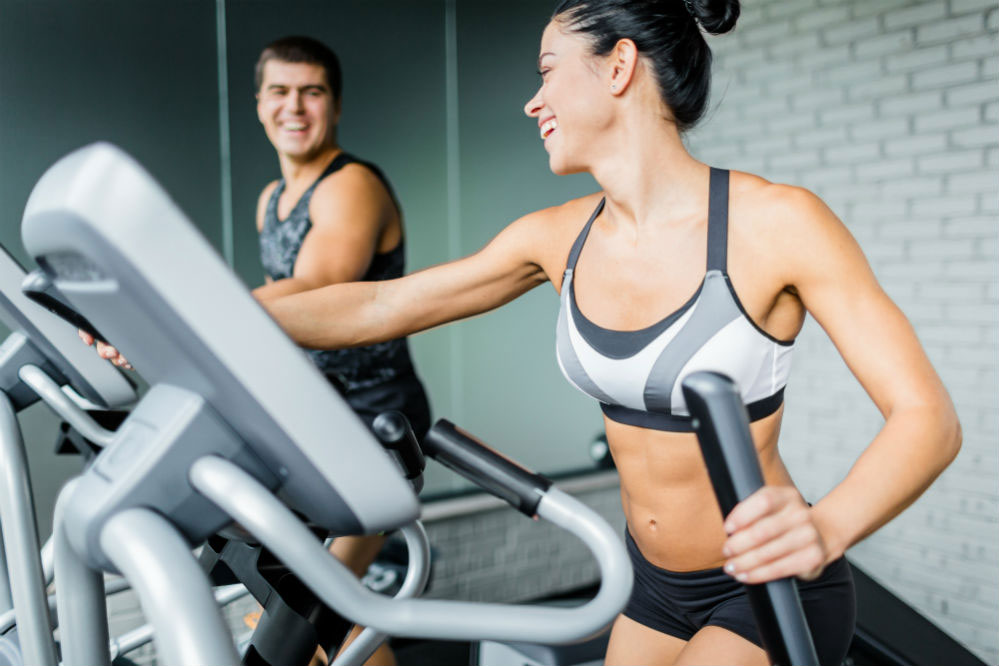Ellipticals
Elliptical Machine Buying Guide – How Do I Choose an Elliptical?
How to choose elliptical?
Elliptical machine buying guide.
We often hear the question: What does the elliptical offer compared to other fitness equipment? Why should I buy an elliptical and not a treadmill?
So: There are many reasons to buy an elliptical, as it works out the whole body without burdening the joints. It also helps us burn more calories by activating more muscle groups and combining aerobic exercise with muscle toning (thanks to the resistance levels).
What should I look for in an elliptical to do all of the above?
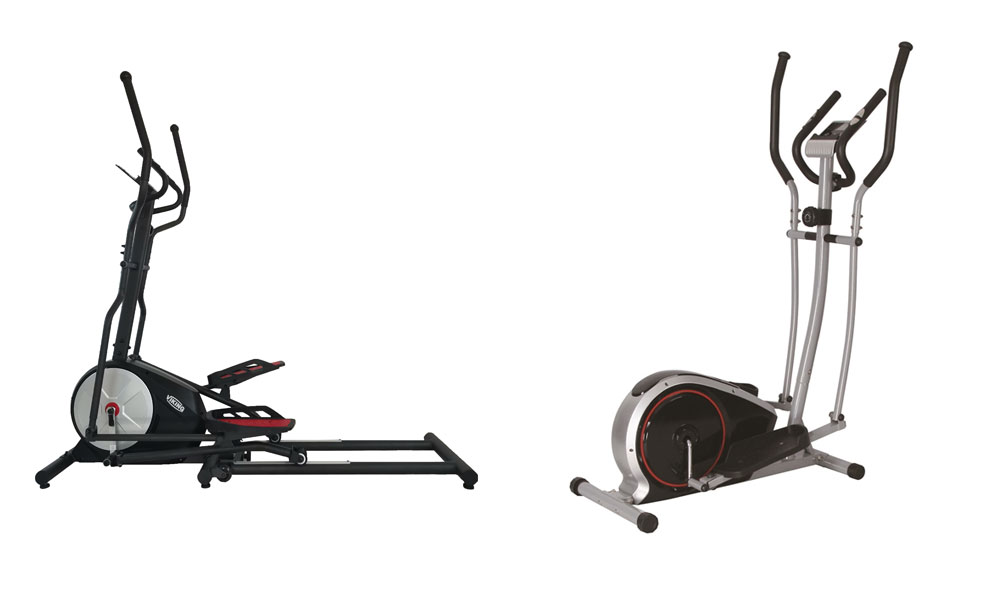
Front or rear wheel?
A front-wheel elliptical (with the wheel in front) excels in terms of knee and lower back protection as the motion is flatter and therefore joint-friendly. At the same time, in this type of ellipticals, the lateral distance between the pedals is also smaller, resulting in a more natural and effortless body posture during exercise.
Front wheel ellipticals are usually larger and take up more space, but now there are also models such as the folding Viking Smarty and Apollo.
Rear wheel ellipticals, on the other hand, take up less space and due to the greater height of movement, activate the glutes more, but should be avoided by those with joint sensitivity.

Wheel weight
It is very important as it affects the resistance, the smoothness of the movement and the endurance of the machine.
An elliptical with a heavy wheel weight has the ability to adjust to higher levels of resistance and helps through the increased moment of inertia in the harmonious and stable flow of the pedals. Elliptical machines are “built” around the wheel. A large and heavy wheel adds to the overall strength of the machine and is indicative of its good construction.
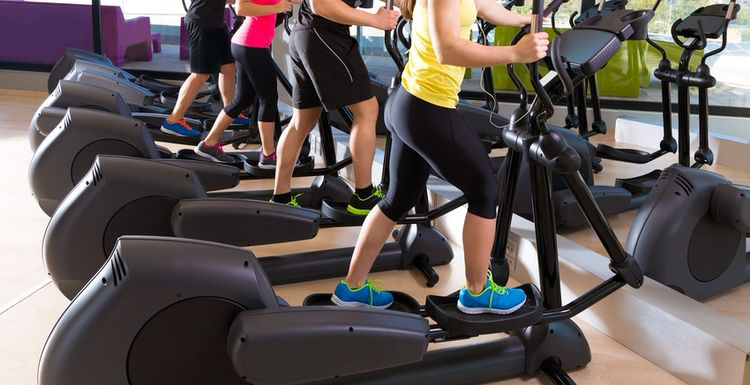
Resistance System
In most cases the resistance is adjusted via magnetic braking. That is, the magnet approaches the iron wheel when we want to increase the resistance, or moves away from it when we want to reduce it. This can be done either with a manual rotary switch or via a button on the dial that activates an electric motor to move the magnet. The advantage of the first solution is that it does not need to be connected to a power source, while with the electric setting we have the possibility to choose variable resistance programs from the dial.
Older pad or strap resistance systems are best avoided as they are noisy and create obstacles to movement flow.
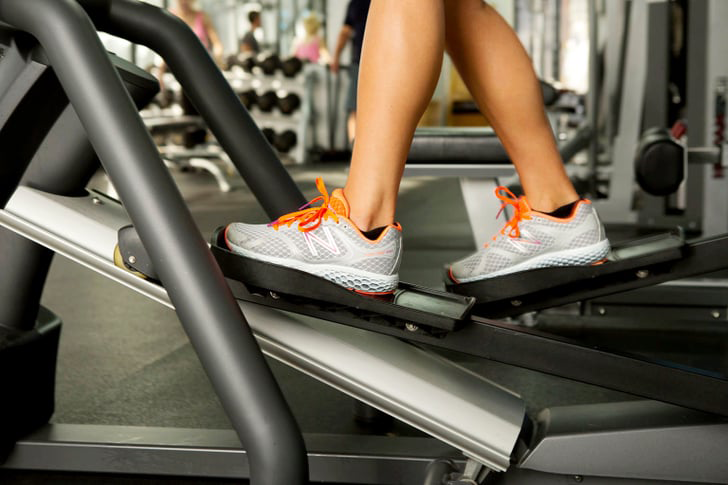
Stride length
The step or stride length of an elliptical is primarily determined by the diameter of its disc. A relatively long stride length will maximize the benefits of elliptical exercise as the muscles involved are trained to their full range resulting in better strength and increased calorie burning.
On the contrary, a very short step length does not help the correct execution of the exercise and can burden the joints. Everything, of course, is a function of the user’s body structure (eg a user of short stature does not necessarily need an elliptical with a large step).
In general a satisfactory to very good stride length ranges from 35-45 cm.
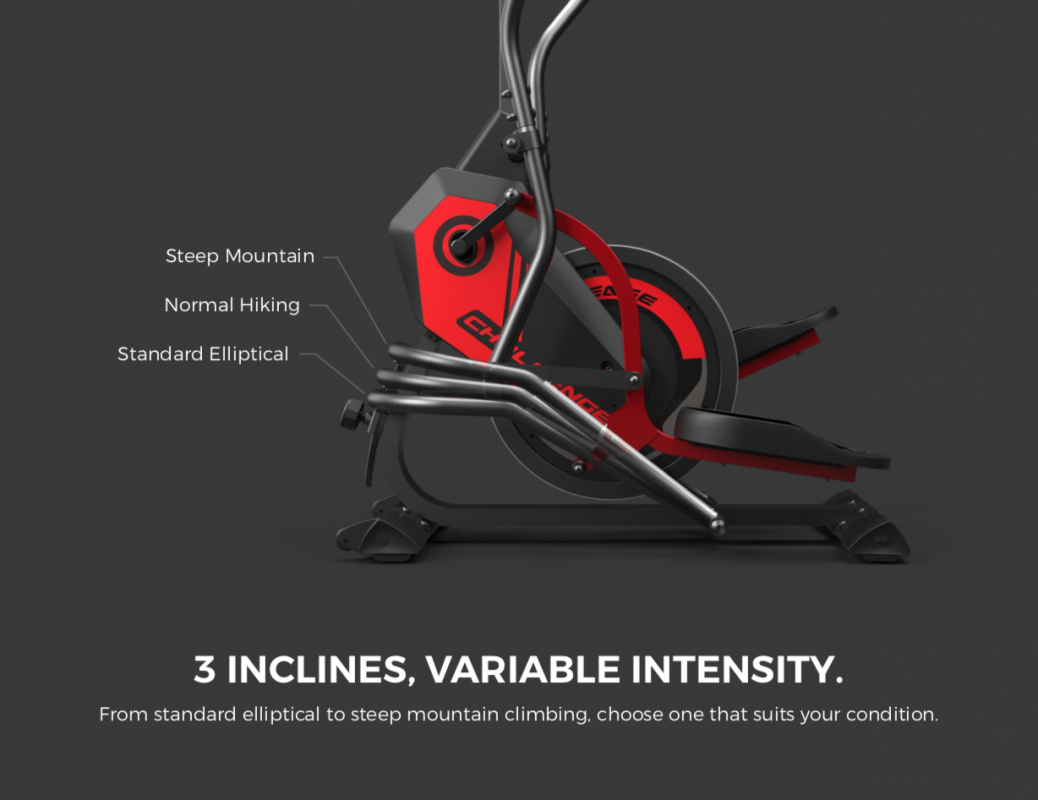
Tilt adjustment
That is, the user can maximize the intensity and results of his exercise with the climbing movement and switch to the standard elliptical movement when he feels the slightest discomfort in his joints!
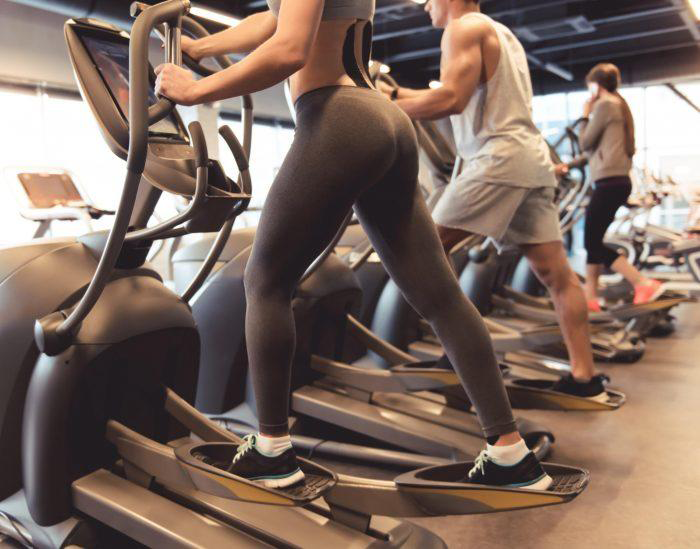
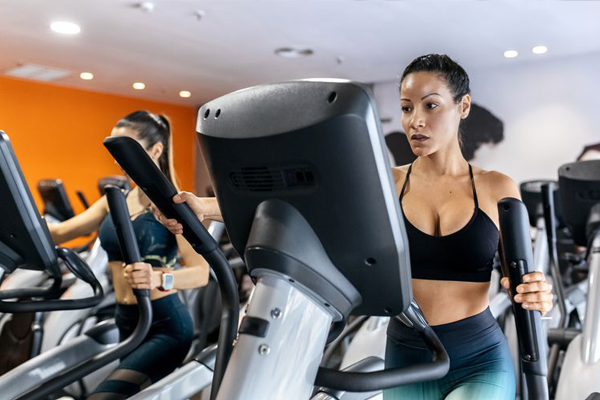
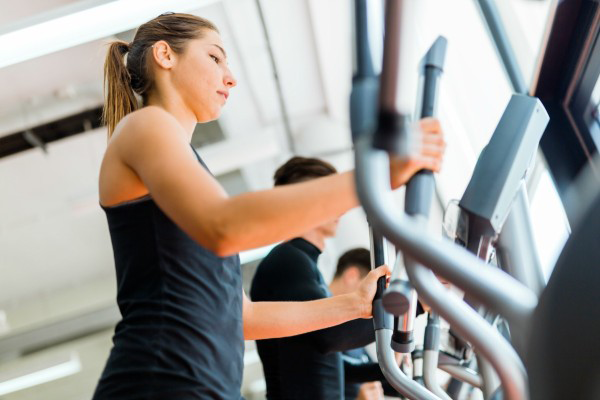
User weight and elliptical construction
The articulated parts of the elliptical accept all the burden from the weight of the human body plus the direction of its movement (in contrast to e.g. the bicycle where the weight of the body rests on the saddle ). It’s almost like riding a pedal!
So it’s important that it’s solidly built to withstand and properly manage the rider’s weight without wobbles.
It is also important that it is comfortable enough in its dimensions so that it does not restrict our movement. In other words, we should be able to take a correct exercise position without bending down while the movement of our arms and legs will be complete.
So we check the dimensions of the elliptical (always in relation to our space) but also its construction weight.A heavy-duty elliptical can accommodate heavier users and withstand frequent use. In general, we choose an elliptical whose specifications indicate a maximum user weight of at least 10-15 kg greater than our weight so that it does not work marginally and “stays” with us for many years.
We also check the dealer’s credibility. An elliptical from a large company with an established presence guarantees service but also the reliability of its technical characteristics.
We must be particularly careful as there are not a few ellipticals on the market that list a user weight of 130-140 kg when they themselves do not weigh more than from 30-35 kg!
Finally, it is more than important to try out the elliptical you are interested in before you buy it.

